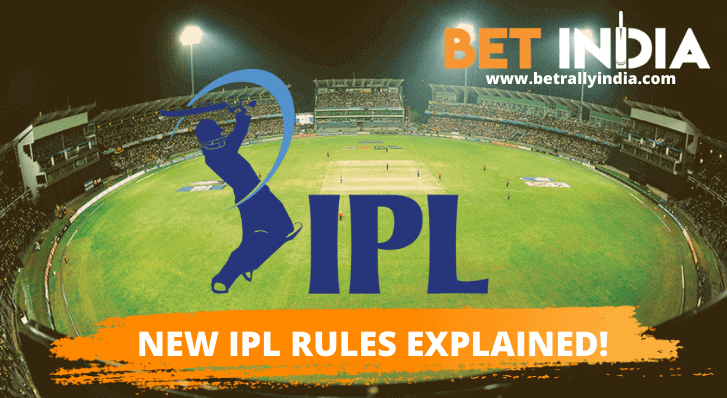The Indian Premier League welcomes two new teams this season – the Lucknow Super Giants and the Gujarat Titans – and is reverting to the 2011 format. But what will the rule changes mean to a generation that has gotten used to a double round-robin schedule? Is the change a good thing? Or will it prove regressive?
I break down the new IPL 2022 rules ahead of the competition and evaluate its chances of success in comparison to previous versions.
What Are The New IPL Rules?
Below is a step-by-step breakdown of what players can expect from the new rules and what it means for the layout of the tournament:
- There are two groups of five teams – these groups have been decided by a random draw.
- Each franchise plays a minimum of 14 fixtures – facing the four teams in their group twice, four teams in the other group once, and two random teams from the other group once more.
- The notion of home and away matches have been scrapped, with the IPL adopting four venues across two cities.
- For each match a team wins, they will be awarded two points. A no result or a draw results in one point.
- Once the group stage fixtures have been concluded, there are four playoff games.
- The playoff games are broken down like so:
Qualifier 1: A face-off between the teams ranked first and second in the group stage.
Eliminator 2: A face-off between the teams finishing third and fourth.
Qualifier 2: A clash between the loser of Qualifier 1 and the winner of the Eliminator.
Final: The grand event features the winners of Qualifiers one and two.
The Pros And Cons Of The New IPL 2022 Rules
The new rules are dividing opinion. The IPL traditionalists – if there is such a group for a competition less than 15 years old – argue that by increasing the number of teams in the IPL, the rulemakers are saturating the levels of quality and make it harder for a true champion to flourish throughout the campaign.
Proponents of the new format claim the opposite – more teams in the competition means it’s easier to root out the wheat from the chaff and the overall champion will be more deserving than in previous years.
There are other factors too – check below to see my full list of the pros and the cons:
Pros
- An interesting new format is spicing up the tournament and preventing it from going stale.
- More teams means more players – we get a better overall stable of cricketing talent and it will make it more competitive.
- Financially, the two new teams will provide a further boon to an already mega-wealthy competition. It is expected the extra franchises will bring in over $500million!
Cons
- The new format is more complex – there are fears the additional rules will cause confusion and ultimately degrade the fascination with the competition within India and the rest of the world.
- Lack of home advantage may denigrate the support and have a negative effect on the atmosphere for match-going fans.
- The randomness of the draw to decide which teams play a franchise from the other group twice adds to a chaotic feel to the IPL.
- For cricket bettors. It may prove trickier to land on an IPL betting winner!
In Summary, Are The New Rules A Good Thing?
In the view of this writer, you cannot stay stagnant in any sport. The invention of the passback rule in soccer was derided at first, but is now widely credited with helping to make the game more exciting.
Cricket had its own revolution with the invention of Twenty20 and the IPL is its premier exponent. I see nothing wrong with trying to keep the tournament fresh and exciting – and the addition of two new teams may prove an important shake-up to current order and halt the general dominance of the Chennai Super Kings and Mumbai Indians – the two of them have won nine of the last 11 IP tournaments.


